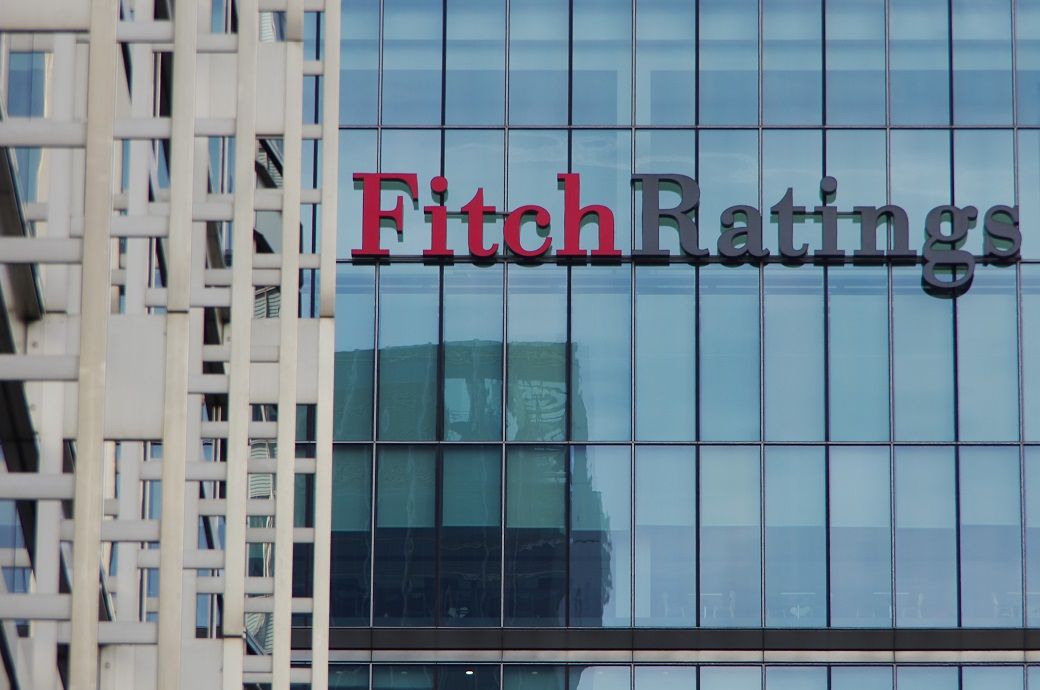
The European gas crisis, high inflation, and a sharp acceleration in the pace of global monetary policy tightening are taking a heavy toll on economic prospects. Fitch expects the eurozone economy to contract by 0.1 per cent in 2023 — a drop of 2.2pp since June reflecting the impact of the natural gas crisis. US growth of 1.7 per cent in 2022 and 0.5 per cent in 2023 is expected, revised down by 1.2pp and 1pp, respectively. China’s recovery is constrained by COVID-19 pandemic restrictions and a prolonged property slump, and Fitch now expects growth to be 2.8 per cent this year and to recover to 4.5 per cent next year, downward revisions of 0.9pp and 0.8pp, respectively.
“We’ve had something of a perfect storm for the global economy in recent months, with the gas crisis in Europe, a sharp acceleration in interest rate hikes, and a deepening property slump in China,” said chief economist Brian Coulton.
The forecast now assumes a full or near complete shut-off of Russian pipeline gas to Europe. Despite EU efforts to find alternatives, total EU gas supply will fall significantly in the near term, with impacts felt through industrial supply chains. These supply-side impacts would be exacerbated if rationing became necessary to avoid outright gas shortages, a key risk in Germany.
European wholesale gas and electricity prices have risen nearly tenfold due to the crisis. An unfettered pass-through to retail gas and electricity prices could have huge impacts on CPI inflation. By means of illustration, a three- to four-fold rise in retail gas and electricity prices would add more than 15pp to the CPI. Governments are forging responses to protect consumers and more muted retail price rises are anticipated. But these support measures could have significant fiscal costs.
High and persistent inflation, elevated near-term inflation expectations, and tight labour markets have prompted the Fed, Bank of England (BOE), and ECB to turn more hawkish in recent months. Policy rates are increasing much more rapidly than expected, added the release.
The Fed is now expected to take rates to 4 per cent by year-end and hold them there through 2023; the ECB refinancing rate is expected to rise to 2 per cent by December; and the BOE Bank Rate is forecast to reach 3.25 per cent by February 2023. The Fed and BOE are in quantitative tightening mode, with the BOE planning outright bond sales.
In contrast to the role of quantitative easing in the pandemic, central bank policies are no longer supportive of fiscal easing to protect households and firms from economic shocks. With liquidity conditions tightening, large-scale fiscal easing could push up long-term real interest rates.
ALCHEMPro News Desk (NB)
Receive daily prices and market insights straight to your inbox. Subscribe to AlchemPro Weekly!